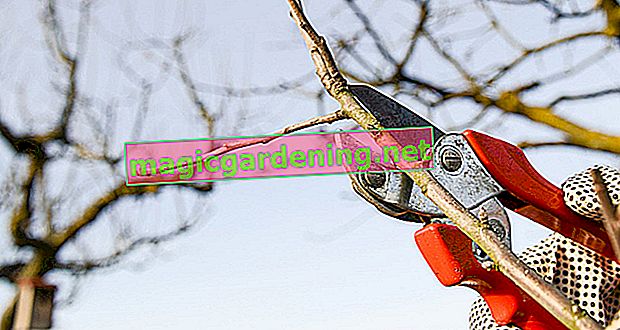
Lifting is cutting is not strictly necessary
If you don't want to spend a lot of work pruning your ornamental plants, the non-toxic hoe is the ideal ornamental shrub. It doesn't need pruning and still thrives well.
also read
- Proper care of Hebe or shrub veronica
- Hebe or shrub veronica is not poisonous
- Hebe or Strauchveronika is only partially hardy
However, the lower regions of the Hebe baldness over time because not enough light can get there. It therefore makes perfect sense to cut back shrub veronica a little regularly.
When cutting, give the shrub a rounded shape. Then light also penetrates into the inner area of the lifting, so that new instincts can develop there. This prevents you from balding.
When is the best time to cut?
It is best to prune Hebe in early spring, before flowering begins. You can also only shorten late varieties in spring.
If you missed the pruning in spring, you can still use scissors in late autumn after flowering.
Prune lift only moderately
- Lift pruning in spring or fall
- Shorten shoots by a maximum of a quarter
- Repeat pruning annually
- Cut head cuttings in spring
Don't cut back Hebe too much. If necessary, shorten the shoots by a quarter. Otherwise, shrub veronica will take a long time to recover and will produce fewer flowers.
You should repeat the pruning annually so that the lift stays in shape.
Cut head cuttings
An easy way to propagate Hebe is by cutting head cuttings. You cut these in early spring. You can also use shoots from pruning for this.
The cuttings must not be lignified. Find a spot just below a leaf node.
The shoots are placed in potting soil and kept moist. In a favorable location at around 20 degrees, they will sprout roots within a few weeks. As soon as new leaves appear, continue to maintain the lifting offshoots normally.
Tips
By cutting, you encourage the lift to sprout new branches. Regular pruning will result in denser bushes.








